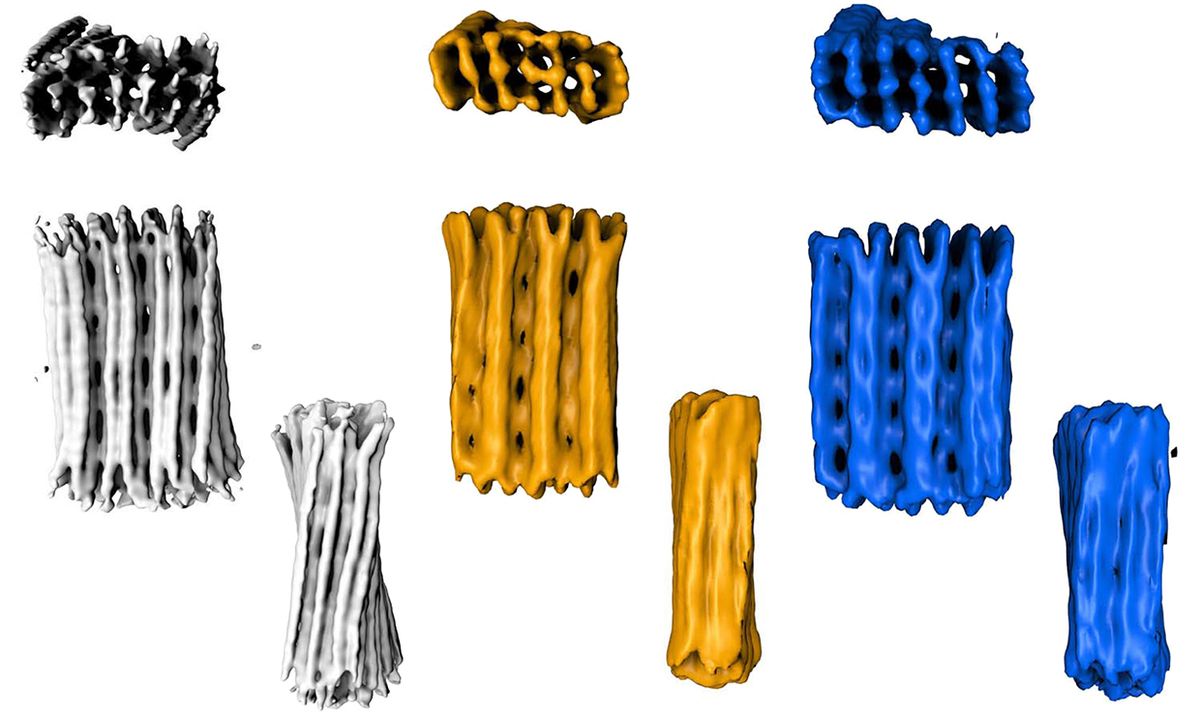About six years ago, Hendrik Dietz and his team of researchers at Technische Universität München (TUM) finally proved that DNA can assemble an object so that all the parts fits together with atomic precision. Not only that, but Dietz’s research shortened the process from weeks to just minutes.
Earlier this year, Dietz’s colleagues at TUM showed that the bottom-up self-assembly of DNA origami could self-assemble 100,000 times faster than traditional DNA “walkers.” The DNA objects produced through self-assembly have been used in basic research for creating periodic quantum-dot arrays like those used in displays or plasmonic structures for surface-enhanced Raman spectroscopy.
Now Dietz’s team has overcome one of the last remaining obstacles for DNA self-assembly: building structures that can withstand harsh environments.
In research described in Science Advances, Dietz and his team developed a method for creating more covalent bonds per unit volume, leading to more durable structures.
“The additional covalent bonds prevent double helices from unwinding, hence the objects become stronger,” said Dietz.
They created the additional covalent bonds with UV radiation after the self-assembly is completed.
“UV irradiation can cause two adjacent T-bases to react with each other,” said Dietz. “Normally, in cells that’s a nuisance and needs to be repaired. But for our nanostructures it is an easy fix to increase the stability.”
More durable DNA nanostructures able to withstand temperatures up to 90 ˚C open up new applications. And not only are the structures more durable, says Dietz, but the process also leads to high yield, practically defect-free self-assembly at low cost.
“With more durable objects you can go into much harsher conditions,” said Dietz. “Among such ‘harsh conditions’ are in vivo conditions.”
Dietz doesn’t see any showstoppers. “Most of the general challenges that apply to all have been addressed, so one can now focus on solving application-specific challenges,” said Dietz. “So you could say, with the craftsmanship sufficiently mature now, we can move on to build those devices.”
Along these lines, Dietz and his colleagues will be looking at biomedical applications that can use these nanostructures in their future research.
He added: “We are looking to figure out how organisms react to DNA nanostructures, immunogenicity, toxicity, body distribution, look into cell/tissue targeting; some work has been done into this direction but there are many open questions.”
Dexter Johnson is a contributing editor at IEEE Spectrum, with a focus on nanotechnology.



